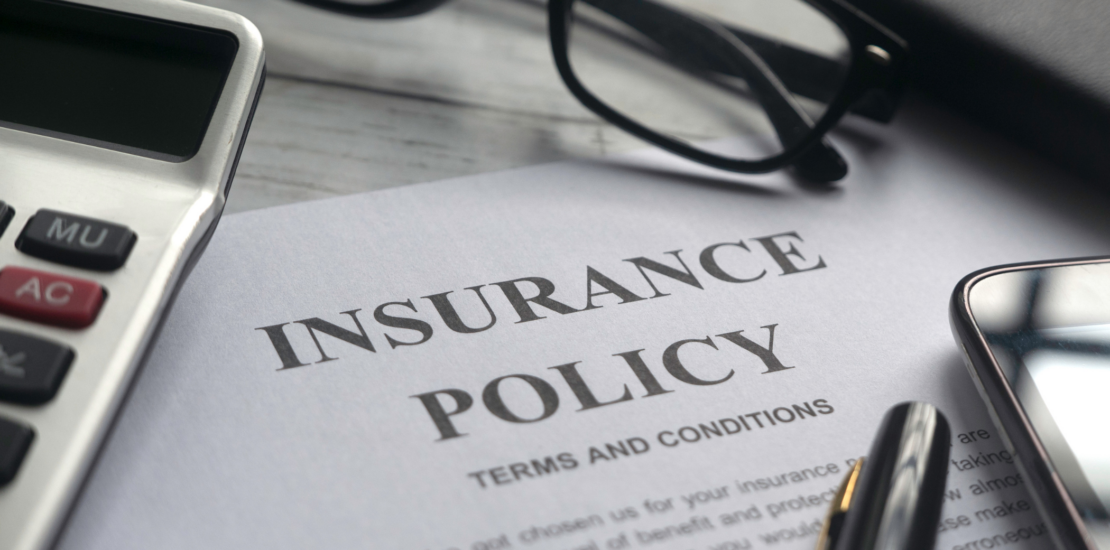- April 26, 2023
- Category: Tips & Advice

Regularly reviewing your insurance policies with your insurance provider is an important aspect of protecting yourself and your assets. Insurance needs can change over time, and without regular review, you could end up underinsured or paying for coverage you don’t need. Many people only review their policies when they experience a significant life change, such as buying a new home or having a child. However, annual policy reviews can help ensure you’re always adequately protected. In this blog post, we’ll discuss the importance of regular policy reviews and the benefits they offer, including potentially saving money and ensuring you have the right coverage.
The Importance of Regular Insurance Policy Reviews with Your Provider
Regularly reviewing your insurance policies is critical for several reasons.
Firstly, it helps you stay up-to-date with your coverage needs. Your life circumstances can change, and what worked for you in the past may not work for you now. By reviewing your policies annually, you can ensure that you have adequate coverage to protect yourself and your assets.
Secondly, regular reviews can help you identify potential gaps or overlaps in coverage. You may have acquired new assets or changed your living situation, which could mean you need to update your policies accordingly.
Thirdly, regular policy reviews can help you uncover opportunities for discounts and savings. Insurance providers often update their policies and offer new discounts, so it’s important to review your policies regularly to ensure you’re taking advantage of any new opportunities.
Finally, keeping your personal information current with your insurance provider is crucial. Changes to your personal information, such as a change of address or marital status, can impact your policies, and failing to update your information can lead to issues down the line.
Step-by-Step Guide to Reviewing Your Insurance Policies
- Step 1: Gather all of your current insurance policy documents. This includes your homeowner’s, auto, life, health, and any other policies you may have.
- Step 2: Ensure that all personal information, such as your name, address, and phone number, is up-to-date. Check that the property information, such as the value of your home and its contents, is also accurate.
- Step 3: Assess your coverage limits and deductibles to ensure they are appropriate for your current needs.
- Step 4: Evaluate any additional coverage options and consider adding any additional coverage options that may be available and necessary for your situation, such as identity theft.
- Step 5: Identify potential discounts or savings opportunities, such as bundling policies or installing safety features in your home or car.
- Step 6: Compare your current policies with offerings from other insurance providers.
- Step 7: Speak with your insurance provider so they can help you make any necessary adjustments. They can also provide recommendations for additional coverage options or discounts.
Tips for Effective Communication with Your Insurance Provider
Effective communication with your insurance provider is key to ensuring that you have the right coverage at the right price. To make the most of your interactions with your insurance provider, it’s important to follow a few tips.
Firstly, prepare yourself with specific questions. This will help ensure that you get the information you need and that your concerns are addressed.
Secondly, keep records of your conversations and follow-ups. This will help you stay organized and keep track of any important information.
Thirdly, clearly communicate your coverage needs and budget constraints. This will help your insurance provider find the right policies for you that fit within your budget.
Fourthly, be open to recommendations from an insurance broker. They can provide valuable insights and advice based on their expertise.
Lastly, if you’re not working with an insurance broker, consider doing so. An independent broker can help you compare policies and rates from multiple insurance providers to find the best coverage for your needs.

In conclusion, regularly reviewing your insurance policies is crucial to ensuring that you have adequate coverage. By following the step-by-step guide we’ve provided, you can assess your coverage needs, identify potential gaps or overlaps, and uncover opportunities for discounts and savings. It’s also important to communicate effectively with your insurance provider to make sure that you’re getting the right coverage at a fair price. Remember, your life circumstances can change, and your insurance policies should be updated accordingly. So, take the time to review your policies annually to make sure you have the coverage you need. By doing so, you can have peace of mind knowing you’re protected and prepared for any unexpected events.
